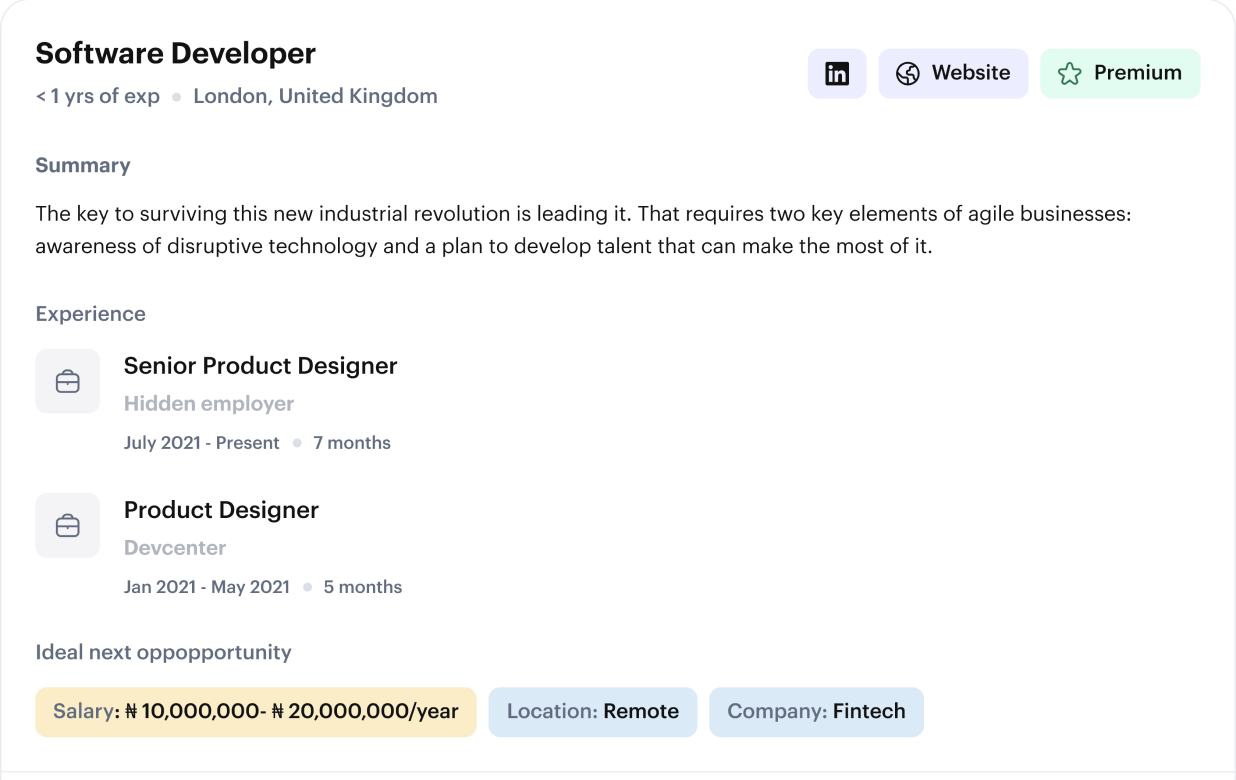6 Processes to Perfectly Onboard Remote Employees

A study from 2009 by the Aberdeen Group of senior executives, HR staffing, and recruiting functions found that 86 percent of respondents felt that a new hire’s decision to stay with a company long-term is made within the first six months of employment. With a result like this, hiring remote employees in an organisation comes with more difficulties than hiring an in-office employee. Amy A. Titus remembers being new on the job — it was 1999, “I walked into my office, had a computer put in front me, and was promptly whisked off to take care of formalities like fingerprinting and drug testing”. While all of that is important to be sure of an employee’s background, on-boarding needs to be done properly. It remains a crucial period in the employee work-life cycle which makes it quite important. There are things to take note of in fully actualizing this process.
With the advent of the new digital economy, where people can be up to 3 professionals in the course of their careers, employees are increasingly requesting to work remotely because it is more flexible compared to the regular 9-5 work hours.
1. Before You Employ
The whole onboarding experience initially kicks off from the recruitment/employment process. Sometimes, applicants do not fully understand certain roles they apply for especially when they are remote. It is important to clearly set out expectations of the position, the number of hours of work, check-ins, and reports required as well as other information within the parameters of that role. It would be difficult to demand or expect a certain level of professionalism or work culture if the rules of engagement were not stated from the onset.
2. First Impressions Matter
As stated above, almost 90 percent of employees make the decision to leave or stay in the first 6 months of their employment. An employee’s first impression of an organisation will be an underlying element of their total experience at the company. Managers and officials in charge should take the time to properly onboard remote workers.
Take note of these activities:
- Making sure they have whatever they need to work in their chosen workspace
- Going through necessary introductory documents
- Giving virtual office tours and orientations
- Introducing them to other members of the in-office team and other remote employees
- through necessary introductory documents
- Giving virtual office tours and orientations
- Introducing them to other members of the in-office team and other remote employees
ALSO READ She Leads Africa's Co-founder Talks Building and Extending a Digital Community
All these are supposed to be the set standard for new employees who will be working remotely because there’s an inter-dependency on the whole team to fully execute the role. However, the process may not be as easy as it seems because there’s a lot to cover due to the distance but can be better if all these steps are followed.
3. Equality
It is quite possible to forget how important remote employees are but try to keep in mind that they are equally relevant to the growth and development of the company. It is extremely crucial to give the same treatment you would your in-house team as your remote team. Whatever equipment the remote team needs should be provided on or before the employee’s start date, just as if they were on-site. It shows that you care about their working conditions and helps them to focus better on work.
4. Access
Ensuring that all remote employees meet the full team in order to have access to important documents, tools and other members of the team is important. For large organisations, setup a video call with important team members whom new remote members need to meet and be in contact with.
5. Social Relationships
Due to the fact that remote workers aren’t in the office everyday, they are most likely missing out on important aspects of your team’s or organization’s culture and tradition. To make up for the distance, try to extend invitations to company-sponsored team events or maybe casual or social gatherings when they might be available.
6. Tools
Working remotely is a lot of work and might need some extra effort to make it work. Signing documents, collaborating in real-time and holding meetings are some of the challenges you might face. It’s important to get the right video or audio conferencing tool because it replaces in-person meetings. There are so many platforms on which this can be achieved depending on the group size. Sofware such as Zoom, Amazon Chime, Skype and Google hangouts make sharing and comparing work in real time a breeze. The company might go an extra mile and provide equipment such as laptops and monitors, printers, mobile phones, among others.
The Aberdeen survey also showed that 83 percent of the highest performing organizations began on-boarding prior to the new hire’s first day on the job. This simply fuels the undeniable need for proper company on-boarding, especially with remote employees. It requires hard work, communication as well as understanding.
Gigson helps you hire Software developers in Africa to build top of the line products. To get started, click here.
Categories
Request a call back
Lets connect you to qualified tech talents that deliver on your business objectives.




.jpeg)


